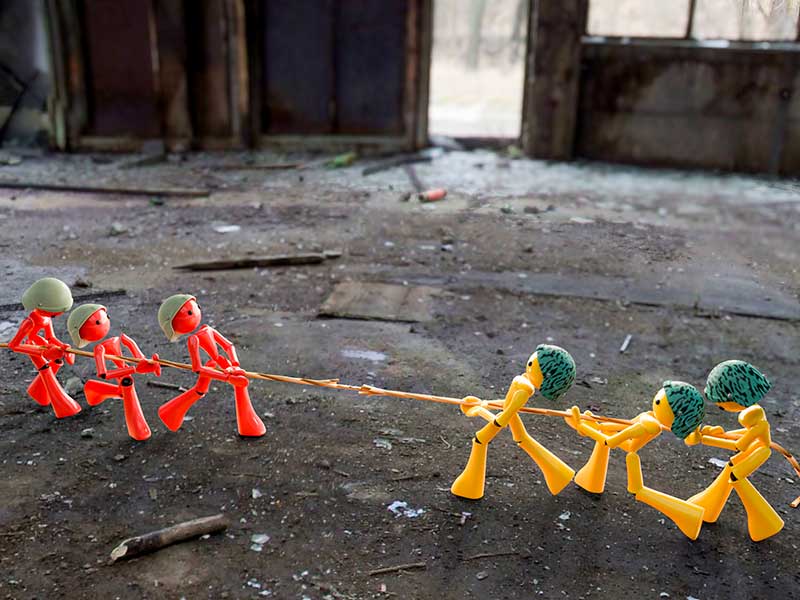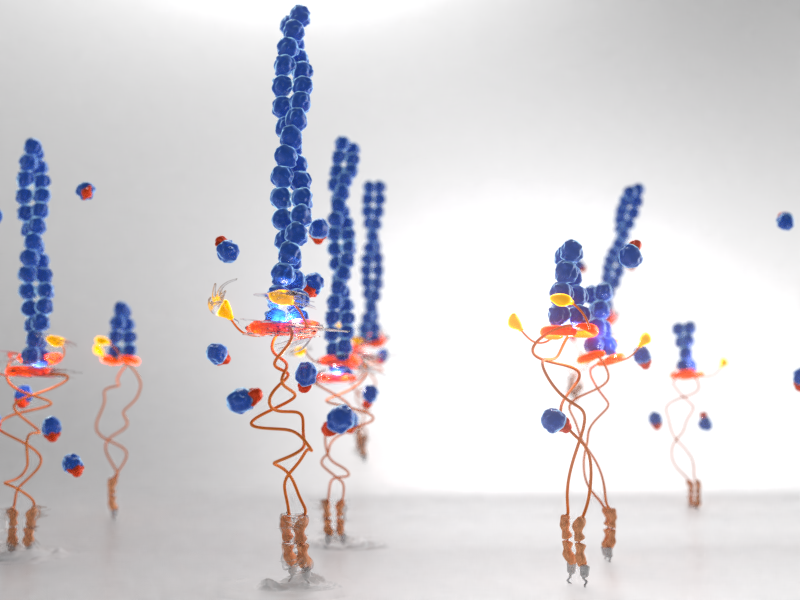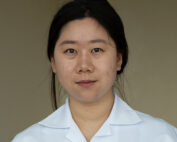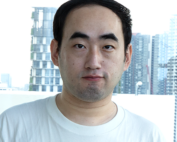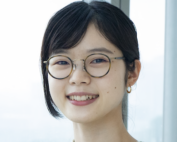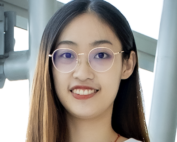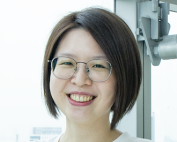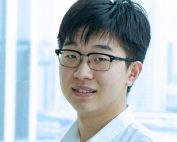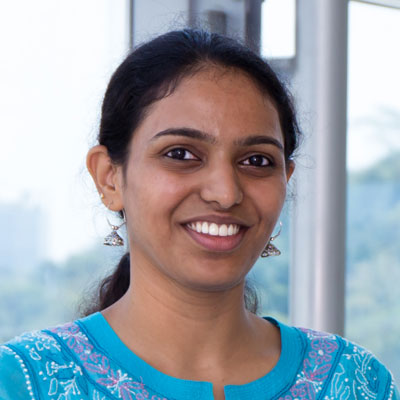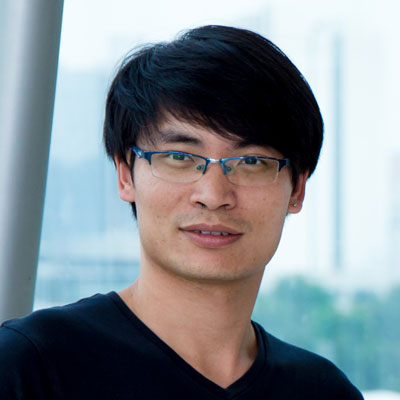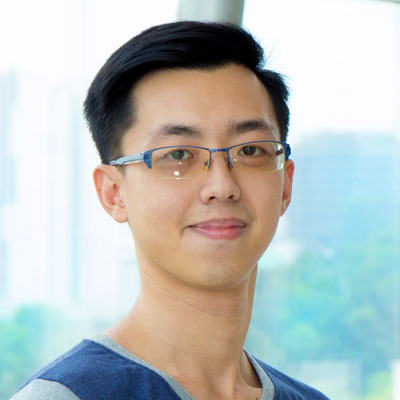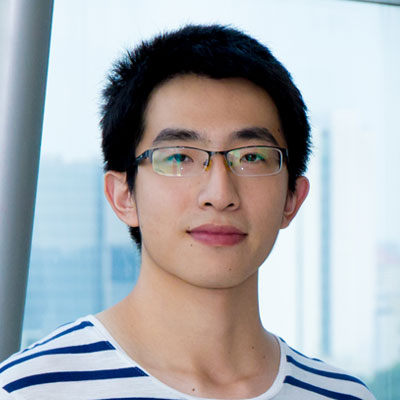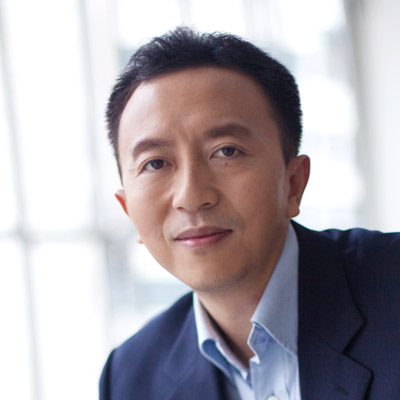
YAN Jie
Professor, Mechanobiology Institute, National University of Singapore
phyyj@nus.edu.sg
10-03H
Level 10 T-Lab
National University of Singapore
5A Engineering Drive 1
Singapore 117411
Laboratory website
Yan Jie Group Single Molecule Biophysics
Research Program
Molecular Mechanisms of Mechanobiology Group
Affiliations
Professor, Department of Physics, National University of Singapore
Pulling biomolecular complexes
MBI scientists demonstrate how the phenomenon of force-induced stabilization of biomolecular complexes can be explained on a one-dimensional energy landscape by incorporating defined transition coordinates.
Predicting mechanical lifetime
Modelling mechanosense and response
Forcing apart the dual role of formin and profilin
Mechanical and biochemical regulation of actin filament polymerization
Yan Jie
Principal Investigator
Research Areas
Stability and Interaction of Biomolecules under Mechanical Constraints
Research Interests
- Force-dependent conformations and interactions of nucleic acids and proteins
- Mechanosensing of cells at cell-ECM adhesion and cell-cell junction
- Mechanisms of chaperone-mediated protein folding
- Chromosome packaging, gene regulations, and DNA damage repair
Biography
While being trained in theoretical physics, Dr Jie Yan built a strong interest in studying molecular cell biology using a combination of novel single-molecule biophysical methods and theoretical modeling. Since he joined the Department of Physics of NUS in 2005, he has been leading a group to study DNA-protein interactions and micromechanics of biopolymers. He became a Principal Investigator in MBI in 2009, since then he has been focusing on studies of the effects of mechanical constraints on the stability and interactions of biomolecules.
Recent Publications
- Fokin AI, Lin Y, Guschin DY, Chen H, James J, Yan J, Silberzan P, and Gautreau AM. Identification of PKN2 and MOB4 as Coordinators of Collective Cell Migration. Adv Sci (Weinh) 2025;:e02907. [PMID: 41276909]
- Liu X, Liu J, Wang Y, Yao M, Baker KB, Klapholz B, Brown NH, Goult BT, and Yan J. The mechanical response of vinculin. Sci Adv 2025; 11(44):eady6949. [PMID: 41171905]
- Yeow J, Chia CG, Lim NZ, Zhao X, Yan J, and Chng S. Structural Insights into the Force-Transducing Mechanism of a Motor-Stator Complex Important for Bacterial Outer Membrane Lipid Homeostasis. J Am Chem Soc 2025;. [PMID: 40589080]
- Liu J, Deng Y, and Yan J. Decoding force-transmission linkages for therapeutic targeting and engineering. APL Bioeng 2025; 9(2):021504. [PMID: 40520648]
- Wang Y, Zhang Y, Yu M, Xiu P, Jia Y, Chen H, Le S, Qian J, and Yan J. Salt-bridge mediated cooperativity and mechanical stabilization of tandem spectrin repeats. Nanoscale Horiz 2025;. [PMID: 40492359]
- Wang J, Fu C, Chang S, Stephens C, Li H, Wang D, Fu YC, Green KJ, Yan J, and Yi R. PIEZO1-mediated calcium signaling reinforces mechanical properties of hair follicle stem cells to promote quiescence. Sci Adv 2025; 11(22):eadt2771. [PMID: 40435254]
- Hui W, Lei K, Liu Y, Huang X, Zhong Y, Chen X, Wei M, Yan J, Shen R, Mak P, Martins RP, Yi S, Wang P, and Jia Y. Identification and Drug Screening of Single Cells from Human Tumors on Semiconductor Chip for Cancer Precision Medicine. Adv Sci (Weinh) 2025;:e2503131. [PMID: 40271835]
- Maupérin M, Sun Y, Glandorf T, Oswald TA, Klatt N, Geil B, Mutero-Maeda A, Méan I, Jond L, Janshoff A, Yan J, and Citi S. A feedback circuitry involving γ-actin, β-actin and nonmuscle myosin-2 A controls tight junction and apical cortex mechanics. Nat Commun 2025; 16(1):2514. [PMID: 40082413]
- Huang W, Lim Z, and Yan J. Ions shaping the mechanics of chromosomes in mitosis. Nat Mater 2024;. [PMID: 39472751]
- Le S, Yu M, Fu C, Heier JA, Martin S, Hardin J, and Yan J. Single-molecule force spectroscopy reveals intra- and intermolecular interactions of Caenorhabditis elegans HMP-1 during mechanotransduction. Proc Natl Acad Sci U S A 2024; 121(37):e2400654121. [PMID: 39236238]
Selected Publications
- Yuan G, Le S, Yao M, Qian H, Zhou X, Yan J, and Chen H. Elasticity of the Transition State Leading to an Unexpected Mechanical Stabilization of Titin Immunoglobulin Domains. Angew. Chem. Int. Ed. Engl.2017.
- You, H., Lattmann, S., Rhodes, D., Yan, J. (2017). “RHAU helicase stabilizes G4 in its nucleotide-free state and destabilizes G4 upon ATP hydrolysis.” Nucleic Acids Research. 46: 206-214.
- Yao, M., Goult, B.T., Klapholz, B., Hu, X., Toseland, C.P., Guo, Y., Cong, P., Sheetz, M., and Yan, J. (2016). ” The mechanical response of talin.” Nature Communications, 7: 11966.
- Winardhi, R. S., Tang, Q., Chen, J., Yao, M., and Yan, J. (2016). ” Probing Small Molecule Binding to Unfolded Polyprotein Based on its Elasticity and Refolding.” Biophysical Journal, 111(11), 2349-2357.
- Cong, P., Dai, L., Chen, H., van der Maarel, J.R.C., Doyle, P.S., and Yan, J. (2015). “Revisiting the Anomalous Bending Elasticity of Sharply Bent DNA.” Biophysical Journal, 109: 2338-2351.
- You, H., Wu, J., Shao, F., Yan, J. (2015). “Stability and Kinetics of c-MYC Promoter G-Quadruplexes Studied by Single-Molecule Manipulation.” Journal of the American Chemical Society (Communication), 137: 2424-2427.
- Chen, H., Yuan, G., Winardhi, R.S., Yao, M., Popa, I., Fernandez, J.M., Yan, J. (2015). “Dynamics of equilibrium folding and unfolding transitions of titin immunoglobulin domain under constant forces.” Journal of the American Chemical Society, 137: 3540-3546.
- You, H., Wu, J., Shao, F., Yan, J. (2015). “Stability and Kinetics of c-MYC Promoter G-Quadruplexes Studied by Single-Molecule Manipulation.” Journal of the American Chemical Society (Communication), 137: 2424-2427.
- Zhang, X., Qu, Y., Chen, H., Rouzina, I., Zhang, S., Doyle, P., Yan, J. (2014). “Interconversion between three overstretched DNA structures.” Journal of the American Chemical Society, 136: 16073 -16080.
- Yao, M., Qiu, W., Liu, R. , Efremov, A.K., Cong, P., Seddiki, R., Payre, M., Lim, C.T., Ladoux, B., Me`ge, R.M., and Yan, J. (2014). “Force-dependent conformational switch of alpha-catenin controls vinculin binding.” Nature Communications, 5:4525.
Lab Members
Sui Mingyu
Research Assistant, Yan Jie Group
Nicholas Chan Zhen Woon
Research Fellow, Yan Jie Group
YAN Chengrui
PhD Student, Class of August 2025, Yan Jie Group
Zhang Zheng
Research Fellow, Yan Jie Group
Kayo Kumadaki
PhD Student, Class of August 2022, Yan Jie Group
Lin Yueying
PhD Student, Class of August 2022, Yan Jie Group
Jiang Yanqige
Research Assistant, Yan Jie Group
Guo Yanyu
PhD Student, Class of August 2021, Yan Jie Group
Lu Jung Hsuan
Research Assistant, Yan Jie Group
Sun Yuze
PhD Student, Class of January 2021, Yan Jie Group
Liu Jingzhun
PhD Student, Class of August 2019, Yan Jie Group
Dasvit Shetty
PhD Student, Class of August 2017, Yan Jie Group, Kenney Group
Le Shimin
Dept of Physics, Yan Jie Group
Zhou Yu
Research Fellow, Yan Jie Group
Pang Si Ming
Student, Class of August 2015, Yan Jie Group
Tang Qingnan
Dept of Physics, Yan Jie Group


